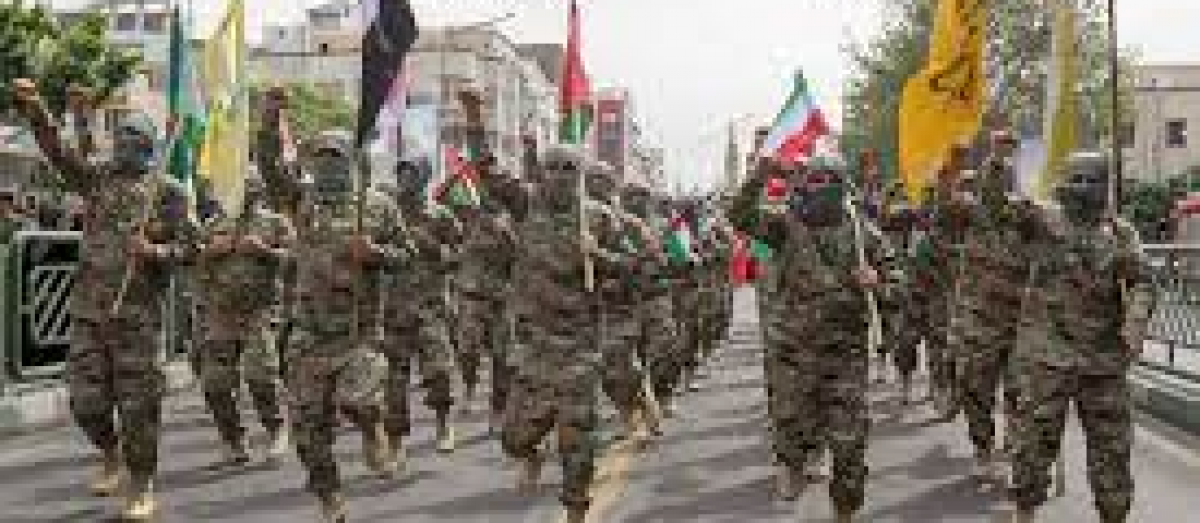
Hamas, short for Harakat al-Muqawama al-Islamiyya (Islamic Resistance Movement), was established in 1987 during the First Intifada, a Palestinian uprising against Israeli occupation. Its origins can be traced to the Muslim Brotherhood, a transnational Islamic movement. The establishment of Hamas was partly a response to the perceived shortcomings of the Palestine Liberation Organization (PLO), which was dominated by secular factions.
The PLO, led by Yasser Arafat, was seen by some Palestinians as being too compromising and not adequately addressing the religious and social dimensions of their struggle. Hamas emerged as an alternative with a specific Islamic agenda, combining resistance against Israeli occupation with a commitment to Islamic principles and governance.
Hamas’s objectives include the establishment of an independent Palestinian state with Jerusalem as its capital, the right of return for Palestinian refugees, and the implementation of Islamic law in the Palestinian territories. Over time, Hamas has gained popularity through social services and resistance activities, while also facing criticism for its use of violence, including suicide bombings and rocket attacks against Israeli civilians.
The relationship between Hamas and the PLO has been complex, marked by periods of cooperation and rivalry. While both entities share the goal of Palestinian self-determination, their differing ideologies and approaches have led to tensions within the broader Palestinian national movement.
The Palestine Liberation Organization (PLO) was founded in 1964 with the aim of representing the Palestinian people and their quest for self-determination. Yasser Arafat, a key figure in the Palestinian national movement, became the chairman of the PLO in 1969. The organization gained international recognition and support as the legitimate representative of the Palestinian people.
However, by the 1980s, the PLO faced various challenges and criticisms. One significant issue was its perceived inability to secure tangible gains for the Palestinian cause, particularly in achieving an independent state. The Oslo Accords of the 1990s, which resulted in limited self-rule for Palestinians but fell short of full statehood, further fueled dissatisfaction among Palestinians.
In addition to political frustrations, there were also cultural and religious factors contributing to discontent with the PLO. Some Palestinians felt that the organization did not adequately address the Islamic dimension of their struggle and that it was too secular in its approach.
Hamas emerged against this backdrop of dissatisfaction. It officially came into being in 1987, triggered by the outbreak of the First Intifada. The founders of Hamas, many of whom were associated with the Muslim Brotherhood, sought to provide a more Islamic alternative to the PLO’s nationalist and secular stance. The word “Hamas” itself is an Arabic acronym for “Islamic Resistance Movement.”
Hamas aimed to combine resistance against Israeli occupation with a commitment to Islamic principles and governance. It garnered support by establishing social services, including schools, clinics, and charities, which helped build a grassroots base. This dual strategy of resistance and social welfare allowed Hamas to gain popularity among Palestinians who felt disillusioned with the perceived failures of the PLO.
Over time, the rivalry between Hamas and the PLO, particularly its dominant faction Fatah, led to political and sometimes violent clashes within the Palestinian territories. While both groups share the broader goal of Palestinian self-determination, their differing approaches and ideologies have often resulted in complex and tense relations within the Palestinian national movement.



